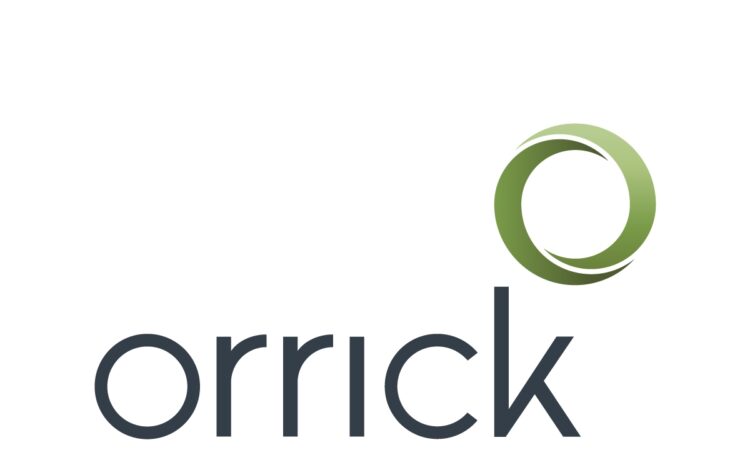This report analyzed financing of negative equity, “where the trade-in value offered for a consumer’s vehicle is less than the outstanding loan balance and the unpaid balance is rolled into the new loan.” According to the CFPB’s report, between 2018 and 2022, 11.6 percent of all vehicle loans in the dataset collected by the CFPB from industry participants included negative equity, ranging from about 8 percent of such loans in 2022, to about 17 percent in 2020. Among other findings, the report also highlighted that when compared to consumers who had a positive trade-in balance, consumers who financed negative equity: (i) financed larger loans; (ii) had lower credit scores and household income; (iii) had longer loan terms; and (iv) were more than twice as likely to have their account assigned to repossession within two years. The Bureau concluded that a higher proportion of consumers buying less expensive vehicles tended to finance negative equity into their auto loans compared with those purchasing more expensive vehicles. The CFPB said data from the pilot suggested that financing negative equity can result in unfavorable outcomes for consumers, with both the occurrence and the amount of negative equity financed increasing through 2023.
















